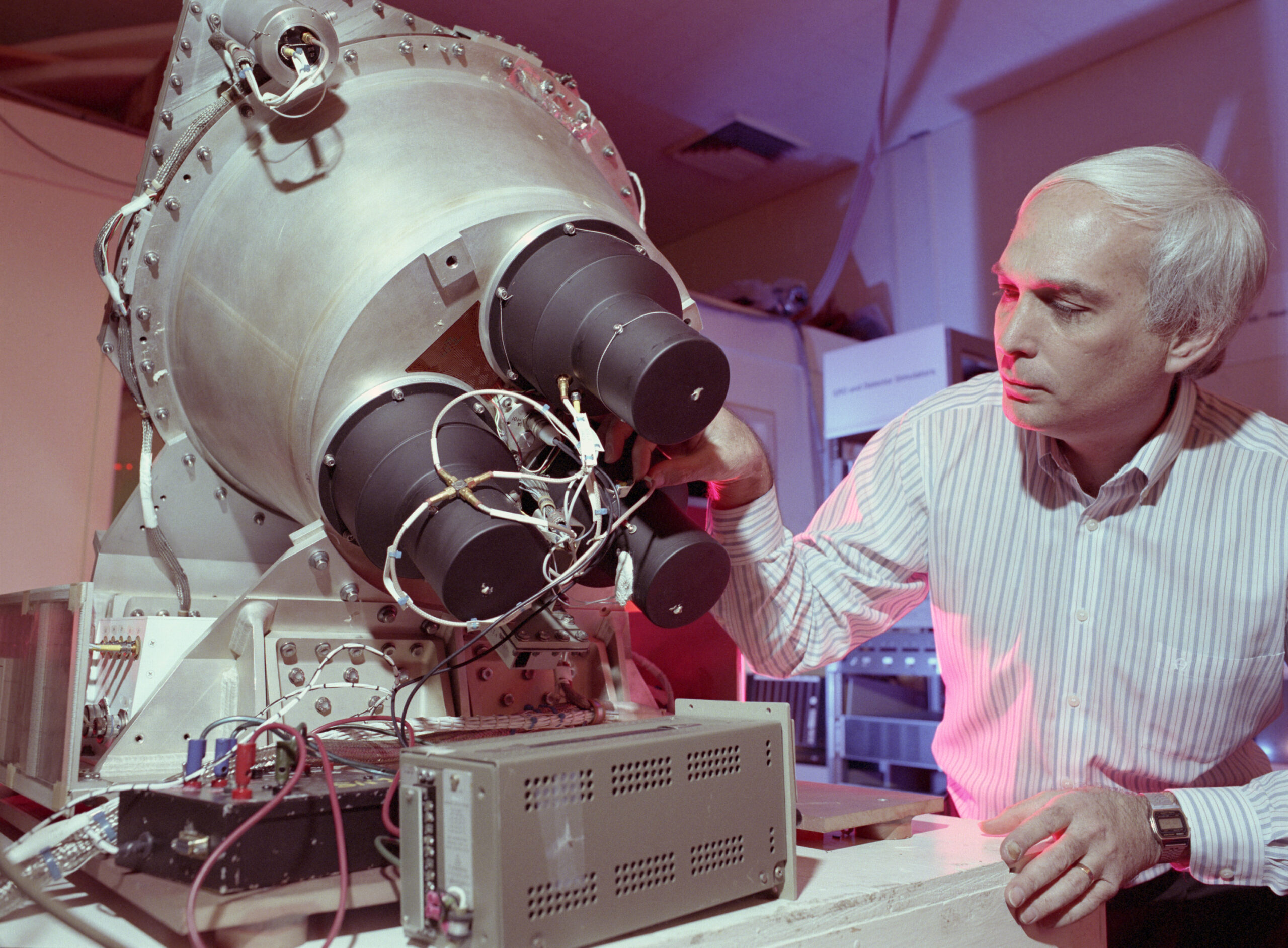Astrophysicist Found New Mathematical Solutions to Old Astronomy Problem
For millennia, mankind has observed the change in the phases of the moon and why do students hate math. The rise and fall of sunlight reflected from the moon is known as a “phase curve”
The theoretical astrophysicist Kevin Heng of the University of Bern has accomplished a feat: on paper, he has re-solved an old mathematical problem necessary to calculate the reflections of light from planets and their satellites. The data can now be interpreted in a simple way, for example to understand planetary atmospheres. New formulas are likely to be included in future tutorials.
Measuring the phase curves of the Moon and the planets of the solar system is an old branch of astronomy. The shapes of these phase curves encode information about the surfaces and atmospheres of these celestial bodies.
Nowadays, astronomers have measured the phase curves of exoplanets using space telescopes such as Hubble, Spitzer, TESS, and CHEOPS. These observations are compared with theoretical predictions. This requires a way to calculate these phase curves. It involves finding a solution to a complex mathematical problem in the physics of radiation and go math 7 grade.
Approaches to calculating phase curves have existed since the 18th century. The oldest of these solutions belongs to the Swiss mathematician, physicist and astronomer Johann Heinrich Lambert, who lived in the 18th century. He is credited with “Lambert’s law of reflection.” The problem of calculating reflected light from the planets of the solar system was posed by the American astronomer Henry Norris Russell in an influential article in 1916. Another famous 1981 decision is attributed to the American lunar explorer Bruce Hapke, based on the classic work of the American Indian-born Nobel Prize winner Subramanian Chandrasekhar in 1960.
Hapke was the first to study the moon using mathematical solutions of phase curves. Soviet physicist Viktor Sobolev also made an important contribution to the study of reflected light from celestial bodies in his 1975 textbook. Inspired by the work of these scientists, theoretical astrophysicist Kevin Heng of the University of Bern’s Space and Habitability Center for Space and Habitation discovered a whole family of new mathematical solutions for calculating phase curves. The article, authored by Kevin Heng in collaboration with Brett Morris of the National Center of Competence in Research NCCR PlanetS, which the University of Berne runs jointly with the University of Geneva, and Daniel Kitzmann of CSH, has just been published in the journal Nature Astronomy.
Generally applicable solutions
“I am fortunate that these great scientists have already done this extensive work. Hapke discovered an easier way to write down the classical solution of Chandrasekhar, who is known to have solved the radiation transfer equation for isotropic scattering. Sobolev realized that the problem can be studied in at least two mathematical coordinate systems, ”says Kevin Heng.
By combining these ideas, Hang was able to write mathematical solutions for reflection strength (albedo) and phase curve shape without using a computer. “The innovative aspect of these solutions is that they are valid for any law of reflection, which means that they can be used for the most general purposes. The defining moment came for me when I compared these calculations, done with pen on paper, with those done by other researchers using computer calculations. I was shocked at how well they fit, ”said Kevin Hang.
Successful Jupiter Phase Curve Analysis
“I am not only concerned with the discovery of a new theory, but also with its main implications for the interpretation of the data,” says Heng. For example, the Cassini spacecraft measured the phase curves of Jupiter in the early 2000s, but no deep analysis of the data has been done before, probably because the computations were too computationally expensive.
With the help of a new family of solutions, Kevin Heng was able to analyze the Cassini phase curves and conclude that Jupiter’s atmosphere is filled with clouds of large, irregularly shaped particles of various sizes. This parallel study was published in the Astrophysical Journal Letters in collaboration with data expert Cassini and planetary scientist Leaming Lee of the University of Houston in Texas.
New opportunities for analyzing data from space telescopes
“The ability to write mathematical solutions for reflected light phase curves on paper means they can be used to analyze data in seconds,” says Kevin Heng. This opens up new ways to interpret data that were previously impossible. Heng collaborates with Pierre Ockler-Derrothur to further generalize these mathematical solutions. “Pierre Ockler-Derotour is a more talented applied mathematician than I am, and we promise exciting results in the near future,” Heng said.
In Nature Astronomy, Kevin Hang and co-authors demonstrated a new way to analyze the phase curve of the exoplanet Kepler-7b using the Kepler Space Telescope. … They are currently collaborating with TESS space telescope scientists to analyze TESS phase curve data. Heng suggests that these new solutions will lead to new ways to analyze phase curve data from the upcoming James Webb Space Telescope, due to launch in fall 2021.
“What worries me the most is that these math data for the solution will remain valid long after I leave, and will probably be included in standard textbooks,” said Kevin Hang.
